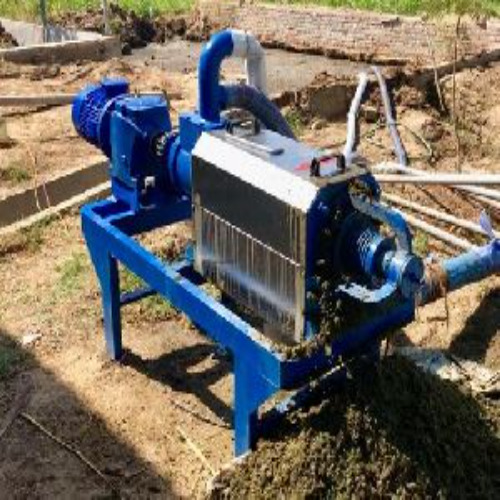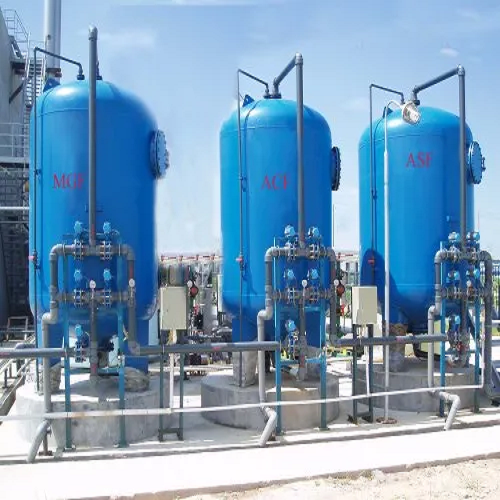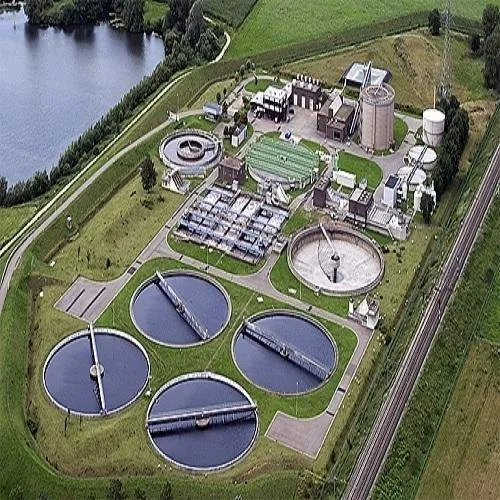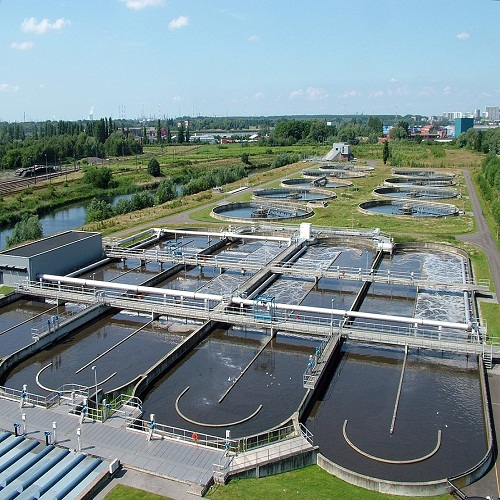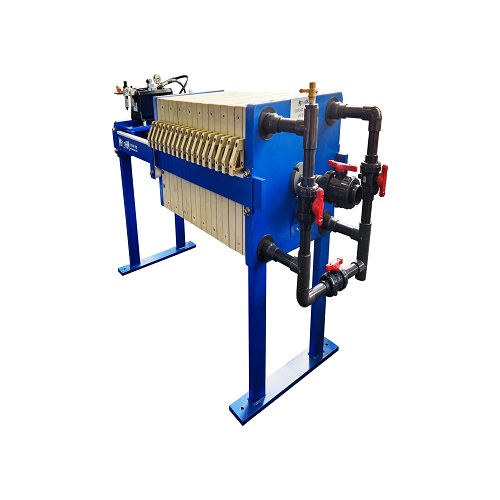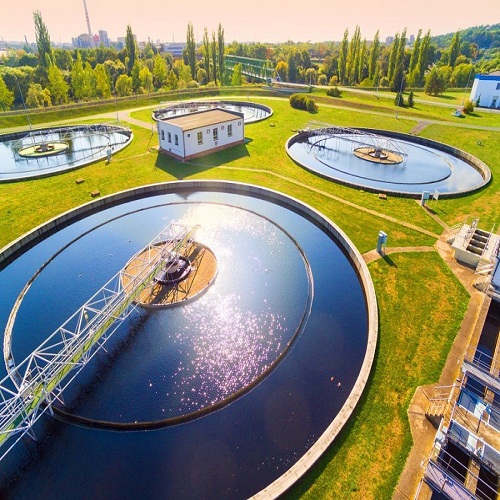
our category
WASTE WATER TREATMENT PLANT
Waste Water Treatment Plant: Overview and Functionality
A Waste Water Treatment Plant (WWTP) is a facility designed to treat and process used water (wastewater) from various sources, such as domestic, industrial, agricultural, or commercial establishments, to remove contaminants before it is released back into the environment or reused. The primary goal of a wastewater treatment plant is to protect human health, aquatic ecosystems, and the environment by purifying polluted water, making it safe for discharge or reuse.
Wastewater treatment involves a series of physical, chemical, and biological processes to remove pollutants and contaminants from water. These plants play a critical role in managing water resources, protecting public health, and reducing the impact of industrial and domestic waste on water bodies like rivers, lakes, and oceans.
Enquire Now
Types of Wastewater
- Domestic Wastewater: Water from households, including sewage, used water from washing, cooking, and bathing.
- Industrial Wastewater: Water contaminated by industrial processes such as manufacturing, chemical production, and mining.
- Stormwater: Runoff water from rainfall or snowmelt, which can pick up pollutants from roads, lawns, and industrial areas.
- Agricultural Wastewater: Water contaminated by fertilizers, pesticides, and animal waste from farming activities.
Key Processes in Waste Water Treatment
Wastewater treatment plants generally use a combination of primary, secondary, and tertiary treatment processes. Each stage has a distinct function in the removal of pollutants from the water.
1. Preliminary Treatment (Screening and Grit Removal)
The first step in wastewater treatment is to remove large solids and debris that could damage the plant's equipment or interfere with the treatment processes. This includes:
- Screening: Large particles like sticks, leaves, and plastic are removed using bar screens.
- Grit Removal: Heavy particles such as sand and gravel are removed by gravity in a grit chamber to avoid wear and tear on pumps and equipment.
2. Primary Treatment (Settling Tanks)
In this phase, wastewater is allowed to settle in large tanks where solid matter (sludge) sinks to the bottom, and floating debris (scum) rises to the top. The sludge and scum are removed, and the liquid undergoes the next stage of treatment. Primary treatment removes about 50-70% of the suspended solids and some organic matter.
- Clarifiers/Primary Settling Tanks: These tanks allow large particles to settle and remove heavy organic solids.
3. Secondary Treatment (Biological Treatment)
Secondary treatment involves biological processes to break down organic matter that remains after the primary treatment. This stage removes most of the dissolved and suspended organic pollutants. There are two main types of biological treatment:
- Activated Sludge Process: In this process, air (oxygen) is pumped into a tank containing wastewater and microorganisms that digest organic pollutants. Afterward, the mixture is allowed to settle, and the treated water is separated from the remaining sludge.
- Trickling Filter System: Wastewater is passed over a bed of microorganisms that break down the organic pollutants. The microorganisms feed on the organic material, purifying the water.
Secondary treatment can remove 85-90% of the organic pollutants and significant amounts of dissolved and suspended solids.
4. Tertiary Treatment (Advanced Treatment)
Tertiary treatment is a more advanced level of treatment designed to remove remaining pollutants, including nutrients (nitrogen, phosphorus), pathogens, and micro-pollutants. It includes:
- Filtration: Fine filters or membranes are used to remove remaining solids.
- Chemical Treatment: Chemicals such as chlorine, ozone, or ultraviolet (UV) light are used to disinfect the water by killing harmful bacteria and pathogens.
- Nutrient Removal: Special processes like biological nutrient removal (BNR) or chemical precipitation are used to remove nitrogen and phosphorus, which can contribute to eutrophication in water bodies.
- Reverse Osmosis or Nanofiltration: These advanced processes can remove dissolved contaminants, making the water suitable for reuse or discharge in sensitive areas.
Tertiary treatment ensures that the water meets stringent environmental and public health standards, especially when the water is being discharged into a delicate ecosystem or reused for irrigation or industrial processes.
Sludge Treatment and Disposal
The sludge produced during the primary and secondary treatment processes needs to be managed and disposed of properly. Sludge can be treated through:
- Thickening: Reducing the volume of the sludge.
- Digestion: Biological processes (aerobic or anaerobic) break down organic matter in the sludge, reducing volume and producing biogas (methane).
- Dewatering: Removing water from the sludge to reduce its volume.
- Disposal/Reuse: The treated sludge can be disposed of in landfills, used as compost, or utilized in agricultural applications, depending on the quality of the treated sludge.
Water Reuse and Recycling
An increasingly important aspect of wastewater treatment is the reuse and recycling of treated water. Tertiary treated wastewater can be reused in non-potable applications, such as:
- Irrigation: For agricultural and landscape irrigation.
- Industrial Use: For cooling systems, washing, and other industrial processes.
- Toilet Flushing: In commercial buildings and public spaces, treated wastewater can be used for flushing toilets, reducing fresh water consumption.
In some regions, advanced treatment technologies like reverse osmosis can produce high-quality water that is even safe for drinking. This is known as direct potable reuse (DPR) or indirect potable reuse (IPR).
Wastewater Treatment Plant Components
- Screens and Grit Chambers: Used for initial debris removal.
- Primary Settling Tanks: Large tanks where solids settle.
- Aeration Tanks: Where microorganisms break down organic matter.
- Secondary Clarifiers: Used to separate remaining solids from treated water.
- Disinfection Units: Often UV light or chlorine is used to disinfect water.
- Sludge Handling and Dewatering Units: Used to manage the sludge produced during treatment.
Benefits of Waste Water Treatment Plants
-
Environmental Protection:
- Wastewater treatment helps prevent pollution of natural water bodies like rivers, lakes, and oceans, ensuring that they remain safe for wildlife and recreational activities.
- It reduces the spread of waterborne diseases and harmful pathogens, protecting public health.
-
Resource Conservation:
- Wastewater treatment allows for the recycling and reuse of water, which is especially important in water-scarce regions. This reduces the demand for fresh water resources.
-
Compliance with Regulations:
- WWTPs ensure that wastewater discharges meet regulatory standards set by environmental authorities, reducing the impact on ecosystems and human populations.
-
Support for Industrial and Agricultural Growth:
- Treated wastewater can be reused in agriculture and industrial applications, supporting sustainable practices in these sectors.
-
Reduction of Eutrophication:
- Proper treatment removes nutrients like nitrogen and phosphorus, which can otherwise cause excessive algae growth in water bodies, leading to eutrophication and oxygen depletion.
-
Energy Recovery:
- In some plants, the anaerobic digestion of sludge generates biogas (methane), which can be used as an energy source for the treatment process itself.
Challenges in Waste Water Treatment
-
High Capital and Operational Costs:
- The construction and maintenance of a wastewater treatment plant require significant investment. This includes costs for technology, equipment, labor, and energy.
-
Energy Consumption:
- Wastewater treatment can be energy-intensive, particularly for secondary and tertiary treatment processes. However, many plants now focus on energy efficiency and generating renewable energy (e.g., biogas) from sludge.
-
Sludge Management:
- Proper disposal or reuse of the large quantities of sludge produced during the treatment process can be challenging. It requires space, investment, and regulatory compliance.
-
Pollutant Complexity:
- Some modern pollutants (e.g., pharmaceuticals, personal care products, and microplastics) are difficult to remove through conventional treatment processes, requiring the development of advanced technologies.
Future Trends in Wastewater Treatment
-
Sustainability and Resource Recovery:
- Wastewater treatment plants are increasingly focusing on sustainability, with a growing emphasis on resource recovery. This includes the reuse of treated water, energy generation from sludge, and the recovery of valuable nutrients (like phosphorus).
-
Smart WWTPs:
- Advanced control systems and monitoring technologies are helping optimize the operation of wastewater treatment plants. These "smart" systems use data analytics and IoT (Internet of Things) to improve efficiency and reduce costs.
-
Decentralized Treatment:
- Small-scale or decentralized wastewater treatment systems are gaining popularity, particularly in rural or remote areas. These systems allow for localized treatment and reduce the need for large, centralized infrastructure.
-
Advanced Treatment Technologies:
- New technologies such as membrane filtration, advanced oxidation processes, and reverse osmosis are being developed to treat wastewater to higher standards, including making it suitable for potable reuse.
Conclusion
A Wastewater Treatment Plant plays a vital role in protecting public health, conserving water resources, and preserving the environment. By employing a combination of physical, chemical, and biological processes, these plants effectively remove pollutants from wastewater, making it safe for discharge or reuse. As the demand for water and environmental protection increases, wastewater treatment plants will continue to evolve, embracing innovative technologies to enhance efficiency, sustainability, and resource recovery.
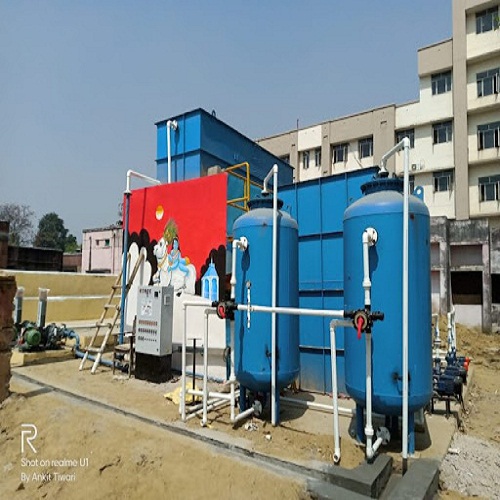
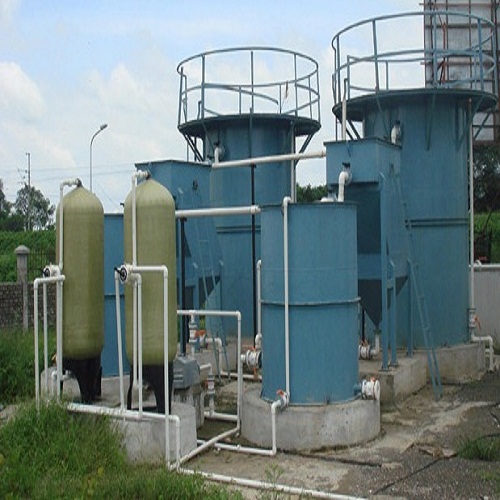
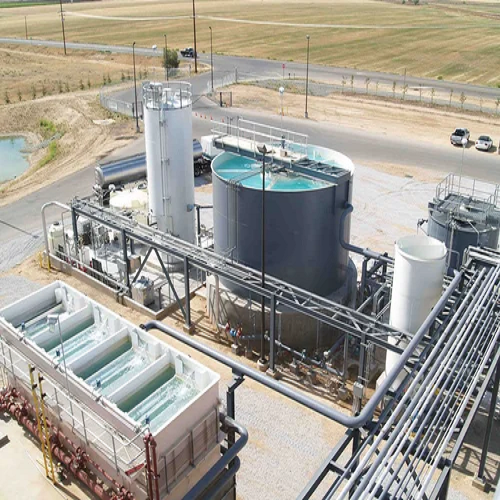
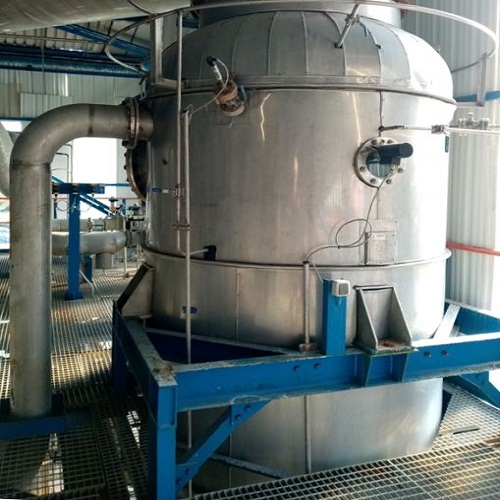
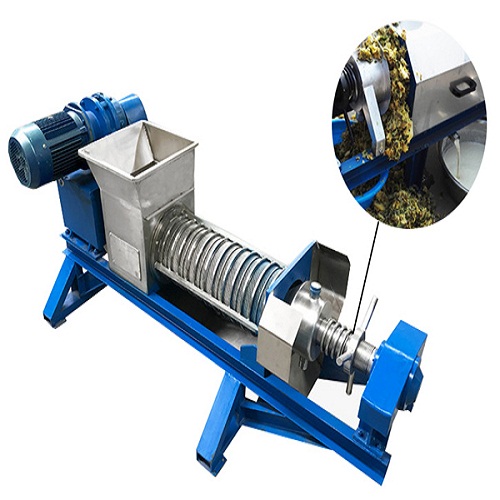
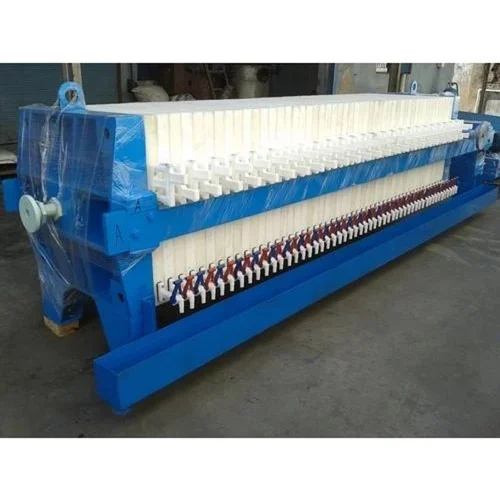
.jpg)
